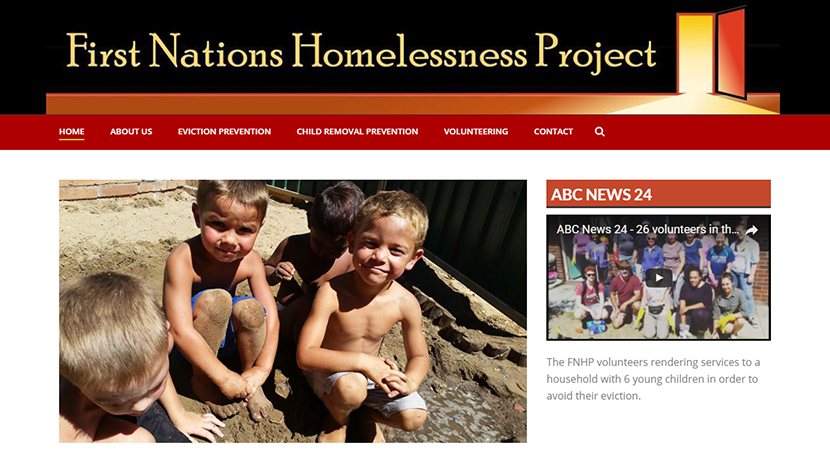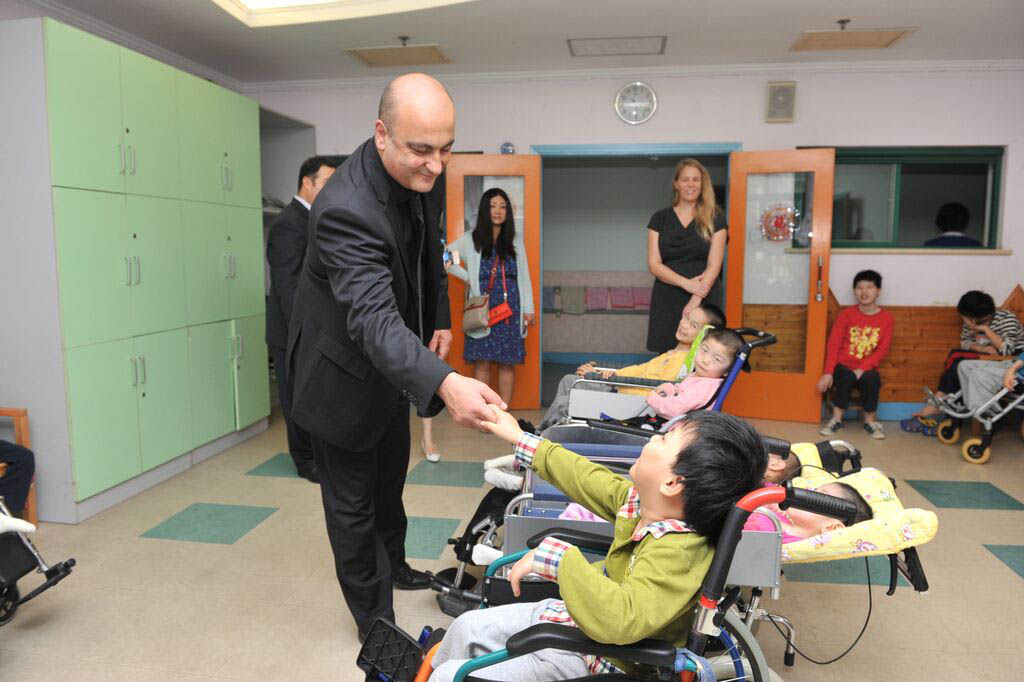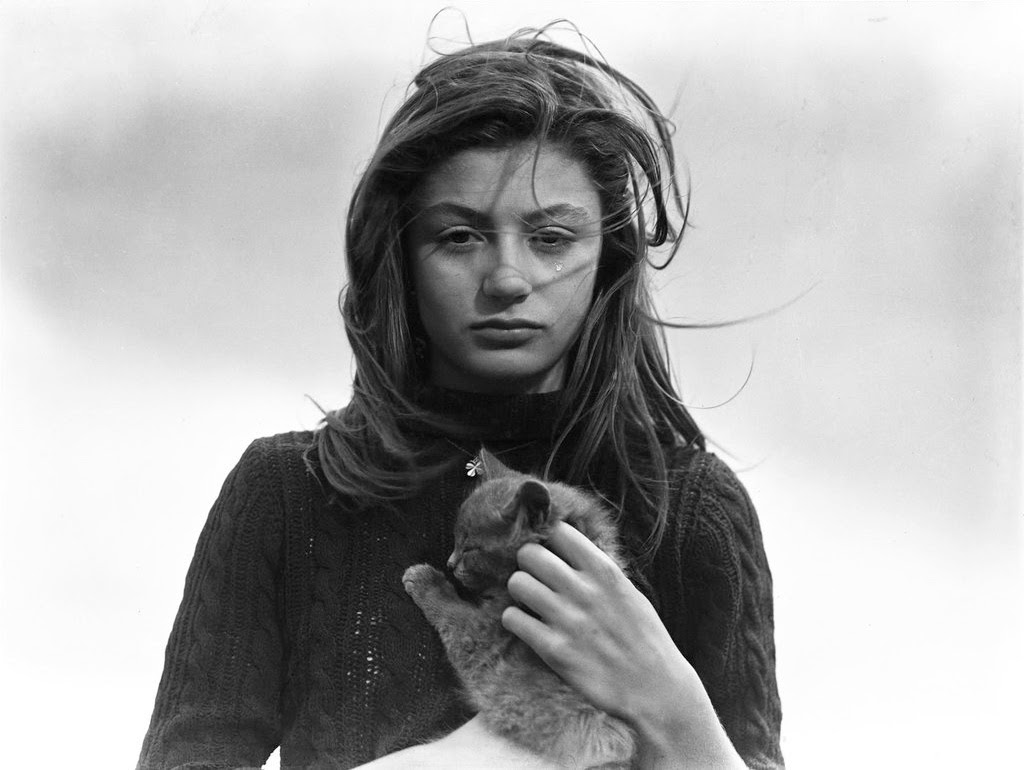The First Nations Homelessness Project
One in four of Australia’s homeless are descendants of its First Peoples – Aboriginal and/or Torres Strait Islander peoples
From a racialised lens, Aboriginal and/or Torres Strait Islander peoples endure Australia’s highest rate of homelessness.
Seven per cent of the Kimberley region is estimated to be dealing with some form of homelessness. Nearly all this homelessness is comprised of Aboriginal and/or Torres Strait Islander peoples. This translates to around 12 per cent of the region’s Aboriginal and/or Torres Strait Islander peoples dealing with some form of homelessness – one in every 8 Aboriginal and/or Torres Strait Islanders. The Northern Territory experiences the highest homelessness rate, with more than seven per cent of the total population in some form of homelessness. Once again, Aboriginal and/or Torres Strait Islanders are disproportionately represented, with at least 12 per cent of the Territory’s Aboriginal and/or Torres Strait Islander peoples in some form of homelessness – 1 in 8 are homeless.
Homeless population by State and Territory, 2001 and 2006
According to the Australian Institute of Health and Welfare

Home ownership rates among Aboriginal and/or Torres Strait Islander households increased from 32% in 2001 to 36% in 2011.
More than 1 in 3 (35%) Aboriginal and/or Torres Strait Islander households reported living in a dwelling with 1 or more major structural problems and about 1 in 3 (35%) reported living in a dwelling that was lacking working facilities in 2012–13.
The proportion of Aboriginal and/or Torres Strait Islander households living in overcrowded conditions fell from 16% in 2001 to 13% in 2011.
Overcrowded households, by Aboriginal and/or Torres Strait Islander status of household, 2001, 2006 and 2011

The rate of homelessness among Aboriginal and/or Torres Strait Islander peoples fell by 14% between 2006 and 2011, compared with an increase of 12% among non-Aboriginal peoples. However, the homelessness rate for Aboriginal and/or Torres Strait peoples in 2011 was still nearly 14 times the rate for non-Aboriginal peoples. Of Aboriginal and/or Torres Strait Islander peoples who were homeless, 3 in 4 (75%) were considered as such because they were living in severely crowded dwellings.
Jennifer Kaeshagen sets up The First Nations Homelessness Project

The Stringer is not just your average news site. Founded by Jennifer Kaeshagen, The Stringer coordinates advocacy in addition to its news reporting, features and opining.
Ms Kaeshagen early this year made a personal commitment to attempt to house over the course of 2015 one hundred First Nations people experiencing homelessness in Perth, Western Australia. Without delay she launched The First Nations Homelessness Project. On track to housing 100 people, seven weeks into this year she has found homes for 12 people.
A 52 year old gentleman was today found accommodation, becoming the 12th person housed this year by Ms Kaeshagen. Ms Kaeshagen whipped up a social media campaign, put the alert out through networks. A camper van was donated by kind souls. Next week the generous couple will assist in setting it up.
“My ideas for this project were developed throughout my involvement with the Swan Valley Nyungah Community campaign to reclaim their homes. When the WA State Government in response to this campaign bulldozed their homes (on March 18 last year) I stood and watched, helplessly, the heartbreak, the further devastation of the community, a great many of whom now homeless once lived there.
“Being witness to that terribly cruel, idiotic, and ultimately racist act by the Barnett Government truly radicalised me …. Let’s just say that I consider the entirely voluntary work I put into this project, as in a sense – paying my rent … This is not my country. It’s theirs.”
“When researching and being witness to the ongoing racist, inhumane treatment of the Swan Valley Nyungah Community – their dispossession, I felt so powerless … maybe what I am doing now is also fighting back against this sense of powerlessness.”
The power of one often inspires others; maybe others will also do as Ms Kaeshagen does. With the reach of The Stringer, launched on this day two years ago, in conjunction with the power of social media, Ms Kaeshagen connects people with each other in the striving to house people experiencing homelessness, to assist them in claiming their natural right to shelter argued as endowed and inalienable in The Universal Declaration of Human Rights, 1948.
There are hundreds of thousands of homeless people in this nation – in the world’s 12th largest economy, 2nd wealthiest nation per capita, and with the world’s highest median wage. This nation’s homelessness and affordable housing crises are getting worse. Many migrants finish up homeless, the number of overseas born Australians who are homeless is on the rise. The disproportionately high numbers of First Peoples homeless has gone beyond the cruel to just evil; it is now racialised – racist.
The number of children who are homeless in this wealthy nation is little written about in the media – according to the last Census more than 18,000 under the age of 12 years are homeless. Can you believe this about Australia? More than 18,000 children under 12 years of age are homeless!
To support or be supported by The First Nations Homelessness Project, email contact@thestringer.com.au
- ABC coverage – ‘Homeless family living in a tent near Perth” and ‘Homeless family living in a tent near Perth offered housing.’ Read the ABC coverage of these two stories, ‘Homeless family living in a tent near Perth’ and ‘Homeless family living in a tent near Perth offered housing.’





